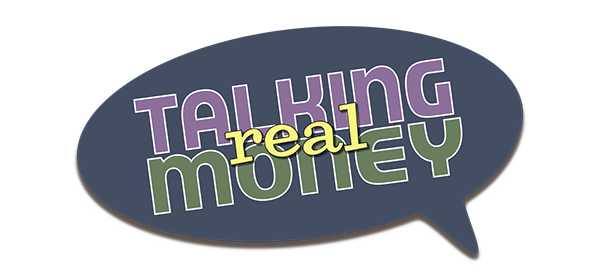Factoring in Growth
What leads to higher expected return?
Higher expected risk.
What are some of the risk “factors” that investment researchers have discovered to have effectively increased returns in the past?
Market. This factor exists because of ongoing political and economic uncertainty, human emotions and concerns about short-term gains and losses
Value. This typically exists due to the cyclical nature of a company’s business. In good times, a firm should be fairly valued, in hard times, undervalued.
Size. Smaller firms have both greater risks of failure and better rates of future rewards for success.
These are the primary factors we believe have the potential to increase an investors wealth. This belief is based on decades of research starting with the capital asset pricing model (CAPM - that demonstrated the market factor) in the 1960s and culminating in the “three-factor” model (market, value, size) derived from research by Nobel Laureate, Eugene Fama (University of Chicago) and Kenneth French (Dartmouth College). Fama and French discovered that, over time, stocks have outperformed bonds, value stocks have beaten growth stocks, and small company stocks made substantially more than large-cap stocks.
There are possibly other factors that add value, but these three have stood the test of time and have been subject to exhaustive vetting. There is a great deal of evidence supporting the concept of overweighting portfolios using these three “factors,” which is why Vestory uses this research to create portfolios (we also try do so, to a lesser degree, with our VestoryOne portfolios).
There are several ways to create factor-based portfolios, and some of those involve active management. These “smart-beta” strategies are often quite expensive and can also involve high turnover (that increases trading costs and tax liability). We have chosen to take a more sensible approach using equity funds from Dimensional Fund Advisors (DFA).
DFA funds have taken a more passive approach to factor investing. In much the same way Vanguard operates index funds, DFA creates broadly diversified portfolios (even more diversified than Vanguard funds) of stocks in various asset classes (rather than slavishly following some arbitrary index) and rarely buys or sells the securities in their funds. Therefore, DFA can own more stocks and still keep costs very low (in most cases, well below 0.5% or 1/2 of one percent).
For example, according to Morningstar, Vanguard’s Total World Stock Index Fund, with an annual expense ratio of 0.27%, has just over 7,100 stocks while DFA’s World Core Equity Fund, with annual expenses of 0.35%, has almost 10,500. Those extra 3,000+ stocks tend to be smaller companies that large, publicly accessible index funds can’t afford to own.
That points out another advantage to DFA’s portfolio management; the public, at large, cannot play with their funds. I use the word play because that is exactly what would happen if DFA made their funds directly available through brokerage accounts. Traders would trade them. That would, almost certainly lead to higher trading costs and would limit DFA to only those smaller company’s and markets where there was substantial minute-to-minute liquidity.
Dimensional only makes their funds available to large institutions and to individual investors who hire one of DFA’s select group of fiduciary, fee-only advisors (a group to which Vestory is proud to belong). This has allowed DFA to maintain their discipline, keeps costs low, and over decade-plus long periods of time, provide superior returns to most of the fund industry.
We will tell you more about Dimensional in future columns. Also, take a look at this week’s Fundamentals column for some fascinating DFA research on the state of the entire mutual fund industry. It’s powerful data!
